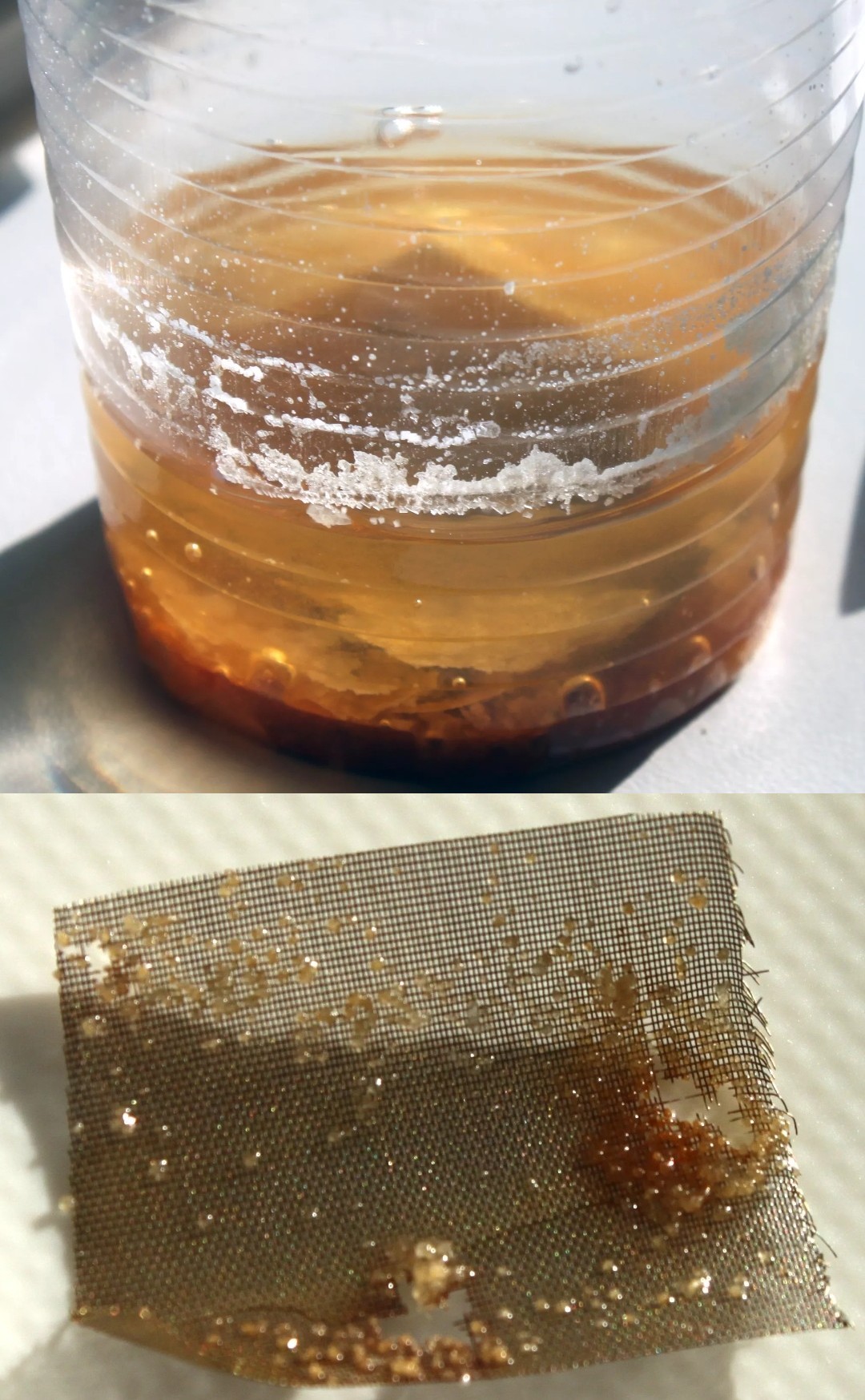This is a simple question, although I don't have any exact numbers.
I was looking to buy a food-safe stainless steel sieve, and one of the reviewers showed the sieve they purchased heavily rusted and "punctured" after testing it in "hydrogen peroxide with salt as a catalyst", claiming it thus cannot be 304 stainless steel as stated by the seller.
I don't know what salt concentration that person used (let's assume >1%) and for how long was the piece submerged (probably no longer than several hours), but from what I read online – while it should be hydrogen peroxide-resistant, 304 stainless steel is not considered salt-resistant.
So considering a sieve's large relative surface area, plus the presence of salt (whose corrosive function is augmented by the hydrogen peroxide or not?), is it safe to presume the reviewer did not use a suitable test to claim the material is not 304 stainless steel?

